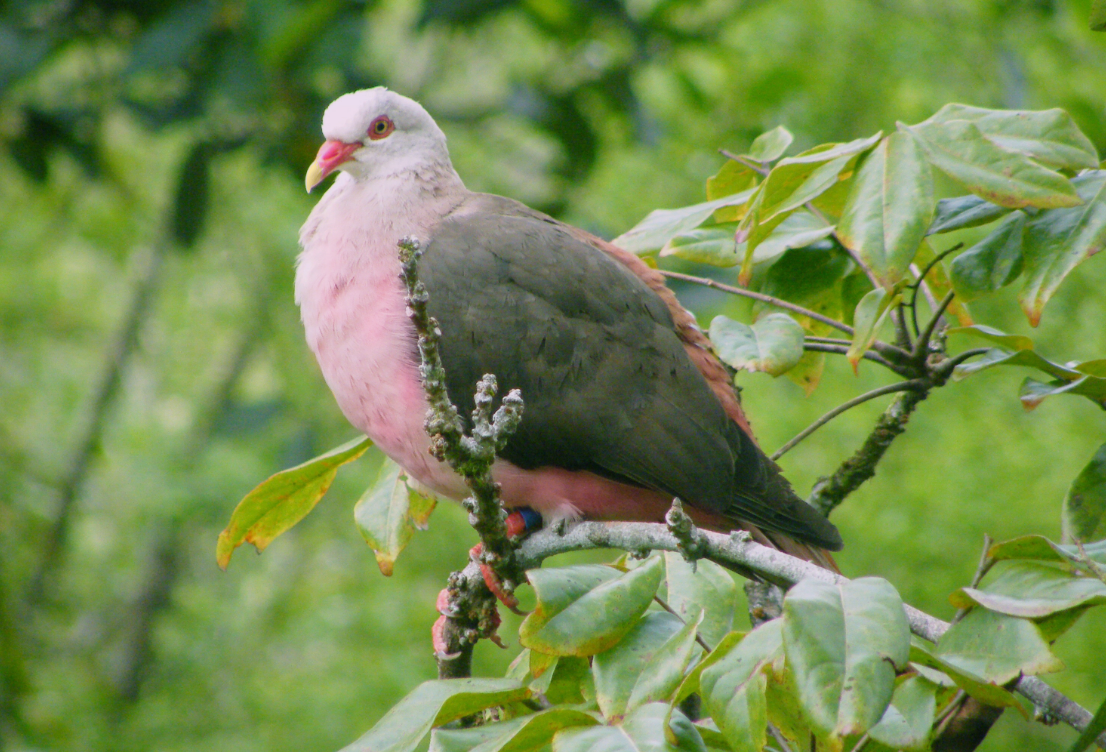The mission to resurrect the dodo from extinction has just been given a boost thanks to a new partnership between Colossal Biosciences, a genetic engineering and de-extinction company, and the Mauritian Wildlife Foundation, a nonprofit conservation organization that works closely with the Mauritian government.
The de-extinction of the dodo is one of the central interests of Colossal’s Avian Genomics Group. With the help of the Mauritian Wildlife Foundation’s expertise in avian rescue and field monitoring, the project will now attempt to restore the dodo’s native habitats on the island of Mauritius off the east coast of Africa.
After all, there’s no point reviving the species if it doesn’t have a suitable home.
“Colossal’s de-extinction projects are only successful if the animals are rewilded and brought back to their natural habitat. We look forward to working with Mauritius to ensure this happens with the dodo,” Matt James, Colossal’s Chief Animal Officer, said in a statement sent to IFLScience.
Dodos fell into extinction in the 17th century when Europeans arrived in Mauritius during the age of colonization. As chilled-out, flightless birds that nested on the ground, the species became easy targets for hunters, as well as the predatory animals they introduced to the island like dogs, cats, pigs, rats, and crab-eating macaques. Their population quickly plummeted. The last confirmed sighting of a live dodo was in 1662, although statistical analysis suggests they held on as far as 1690. Either way, it’s near-certain there were no dodos left by the 1700s.
Leading the mission to bring back the dodo is Dr Beth Shapiro, a Colossal Scientific Advisory Board member who was the first scientist to fully sequence the dodo’s genome.
The team is currently working with the primordial germ cells of the Nicobar Pigeon, the closest living relative of the dodo, to build a reference genome. In tandem, they’re also developing genetically modified chickens to act as surrogates for the dodos.
Speaking to IFLScience earlier this year, founder and CEO at Colossal Biosciences Ben Lamm explained how these are all fundamental step towards the de-extinction of a species.
“First you need to look at, what is the closest phylogenetic relative? What is the animal that is still existing on the planet that’s the closest on the family tree?,” Lamm told IFLScience. “You need to find the closest phylogenetic relative because you’ve got to find and build a reference genome, and you need tissue samples to do that.”
“Then, you’ve got to get tissue samples containing the ancient DNA of those extinct species. Ancient DNA is different from existing living DNA, because it’s massively fragmented. It’s not all exogenous, meaning that there are other microbes and living things that have contaminated it over time. So you get snippets of ancient DNA and then you basically piece them together,” Lamm added.
Physical remains of dodo birds are surprisingly rare to find – if you’ve ever been to a museum with a stuffed taxidermy dodo, there’s a good chance it’s not real. Fortunately, some tissues do exist. For instance, DNA extracted from a skull in the collection of the Natural History Museum of Denmark was used to piece together the whole genome by Dr Shapiro and her team.

Just 500 or so pink pigeons are left in Mauritius.
Image credit: Colossal Biosciences
Extinct creatures aren’t the only concern for Colossal. Their Avian Genomics Group is also investigating the genetic rescue of the pink pigeon (Nesoenas mayeri), a vulnerable pigeon also endemic to Mauritius.
Just 500 or so pink pigeons are left on Mauritius and the population is suffering from a severe lack of genetic diversity. Using historical samples of the birds and gene-editing techniques, Colossal aims to reinject the dwindling population with lost genetic diversity.
If it works, perhaps the pink pigeons will be able to avoid the same fate as their dodo cousins.
Source Link: De-Extinction Of The Dodo Takes Another Step Closer to Reality